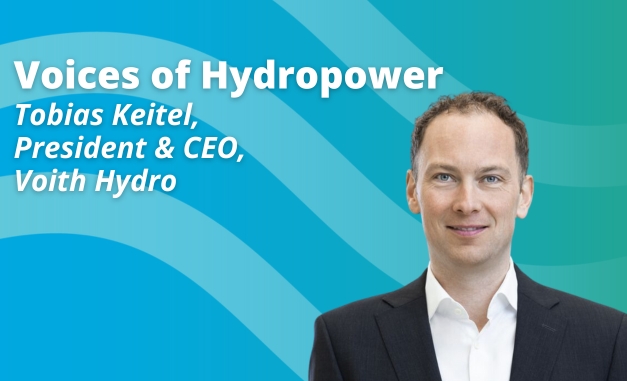Providing affordable energy for generations #WithHydropower
Hydropower offers sustainable, affordable energy for local communities and offers stability in terms of energy prices and energy security at a global level. A report released by the International Renewable Energy Agency (IRENA) in 2022 indicated that the global weighted average levelized cost of electricity (LCOE) of new utility-scale hydropower in 2021 was 11% lower than the cheapest new fossil fuel-fired power generation option, making hydropower a cheap and reliable source of dispatchable power.
The growth in regional energy networks globally has created new opportunities to widen access to clean affordable electricity and water services. This interconnectivity is essential for many countries to meet their renewable energy targets, reduce poverty and boost national development.
Norway, Sweden and Iceland have some of the lowest average electricity prices in Europe and they produce at least 40% of their electricity using hydropower. Norwegian power generation comes predominantly from hydropower (closer to 96%) which means their energy supply is flexible and very quick to respond to fluctuations in demand compared to other major generation technologies. Norway is part of the Scandinavian grid network, which makes it easier to trade with countries using the same frequency.
Denmark sits across two different multinational power grids, with its eastern islands connecting to the Scandinavian network. The country often buys Norwegian power, as does Finland, which otherwise relies on more costly energy generation than Norway. In 2020, Finland imported a net total of 20% of its power consumption.
Recently, Norway and Germany connected their power grids for the first time via a 525 kV subsea interconnector. The NordLink project finished trial operations in March 2021 and will now carry up to 1.4 GW of power between the countries. Norwegian grid operator Statnett says that the cable will enable Norway to absorb excess wind power from Germany, saving its hydroelectric reserves for periods of lower supply.
Elsewhere in Europe, the North Sea Link connected the Nordic and British markets directly for the first time in 2021 and provides additional transmission capacity for electricity to be traded more efficiently, contributing to downward pressure on electricity prices when demand is high on one side of the cable.
The North Sea Link enables both countries to maximise the use of their natural resources for the benefit of consumers in Norway and the UK. When wind generation is high and electricity demand is low in the UK, North Sea Link allows up to 1,400 MW of power to flow from the UK, conserving water in Norway’s reservoirs. When demand is high in the UK and there is low wind generation, up to 1,400 MW can flow from Norway, helping to ensure secure electricity supplies and provide everyone with reliable access to affordable sustainable energy.










